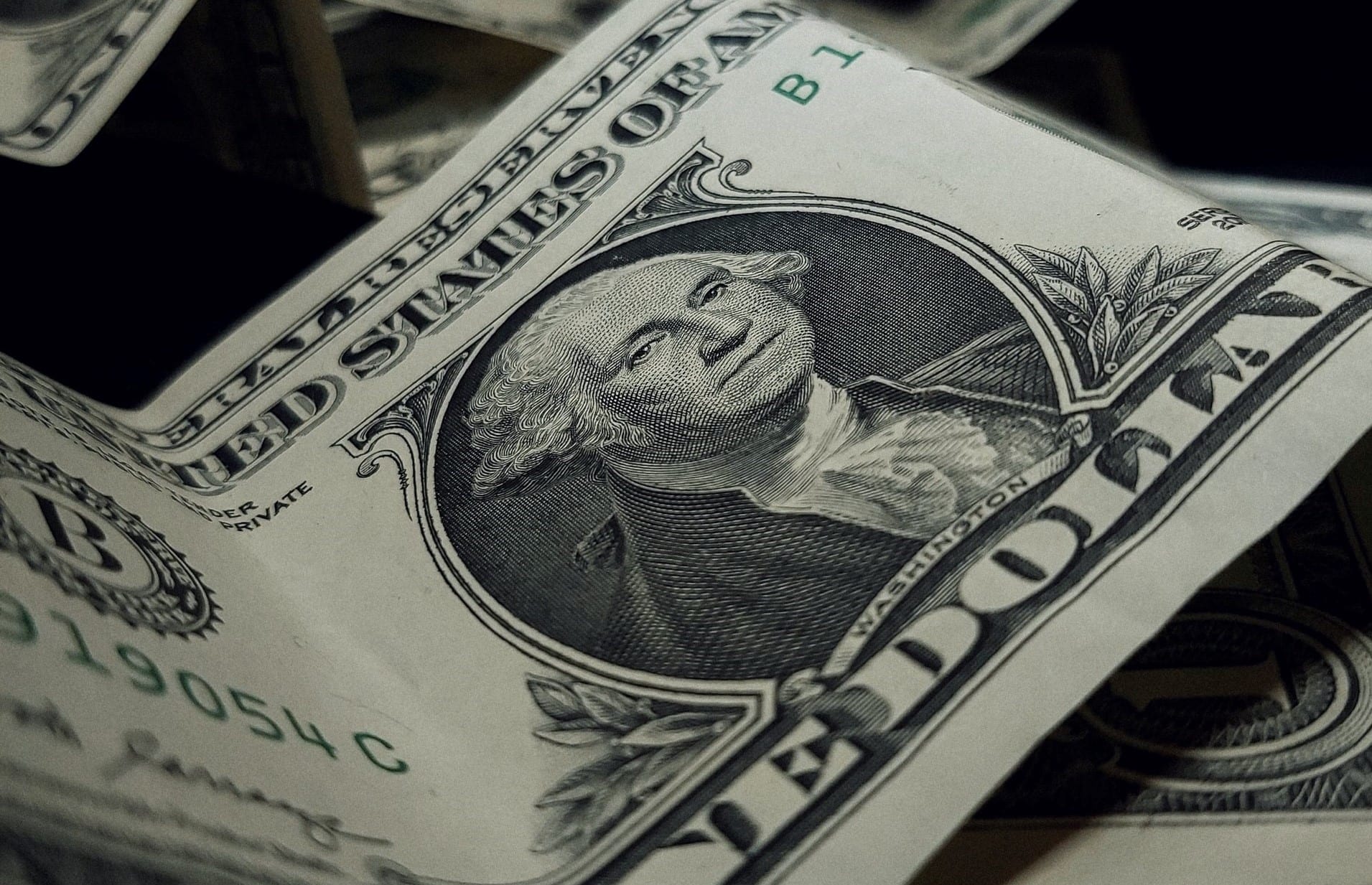Firstly, things turn out differently and secondly, than you think. At the start of the year, most experts expected a weak dollar. There were many reasons for this – but the greenback did not play along.
Forecasts are difficult, especially when they concern the future, according to a nice bon mot attributed to Mark Twain, Kurt Tucholsky and Winston Churchill, among others. Whoever it comes from, it fits perfectly with the predictions about the US dollar.

At the beginning of the year, most market observers were largely in agreement: the greenback will continue to weaken this year. Thanks to the recovery of the global economy, investors will withdraw funds from the US and shift them to more attractive regions, was one argument. The lower interest rate advantage, the particularly severe coronavirus pandemic and the rapidly rising US national debt were further reasons for a weaker US currency.
Everything expects a falling dollar
The forecast by the strategists at UBS Investment Bank was exemplary of this. In their outlook for 2021, they wrote: “Indeed, we appear to be on the cusp of the strongest dollar down cycle since the Plaza Accord in the 1980s.”
Anyone who makes such a statement is certain. The Plaza Agreement was an agreement between Germany, France, Great Britain, Japan and the USA, which was concluded on September 22, 1985 at the Plaza Hotel in New York. The aim was to devalue the dollar against the German mark and the Japanese yen by intervening in the foreign exchange markets in order to restore the competitiveness of the USA. By joining forces, this was achieved. In the three months up to the end of 1985 alone, the trade-weighted dollar index (DXY) lost almost 12 {ff4a8e304af03f228700a3dbd06de1cae4a374f33f5020b79c08e757c6f95b38} in value. By the end of 1987, it had fallen by almost 40
But back to the present. How much has the dollar fallen this year? Not at all. Instead of depreciating, it has been flexing its muscles since the beginning of the year. In the first quarter of 2021, the dollar index gained 3.7

Once again, another bon mot has proven to be true: When all the experts and strategists on the financial markets agree, something else usually happens.
But firstly, things turn out differently, and secondly, than you think
Instead of lagging behind the other economies, the US economy has taken the lead thanks to generous fiscal policy measures and a successful vaccination campaign. The OECD is forecasting fantastic growth of 6.5 {ff4a8e304af03f228700a3dbd06de1cae4a374f33f5020b79c08e757c6f95b38} for the US this year and a comparatively modest 3.9 {ff4a8e304af03f228700a3dbd06de1cae4a374f33f5020b79c08e757c6f95b38} for the eurozone. And while Europe is still struggling with vaccinations, US President Joe Biden is already preparing the next USD 2 trillion economic stimulus program.
No wonder, as the improved growth forecasts have given the dollar a boost this year. At the same time, long-term US interest rates have risen significantly more than in the rest of the world, which has also provided support – capital has flowed back into the United States and demand for the dollar has increased. So its highs could well continue. Unless, of course, things turn out differently than expected. Forecasting currency developments is notoriously difficult, if not impossible. However, this is only a problem for currency speculators; for long-term equity investors, currency risks in the major currencies play a subordinate role.
This is confirmed by finance professors Elroy Dimson, Paul Marsh and Mike Staunton from the London Business School, among others. In the latest Credit Suisse Global Investment Returns Yearbook, they write: “For longer-term investors, currency hedging only marginally reduces downside risk.” The key is for investors to allocate assets intelligently and
From Jules Kappeler
CEO of Point Capital Group
7. April 2021
